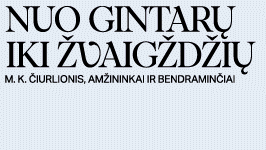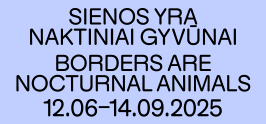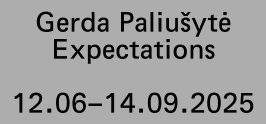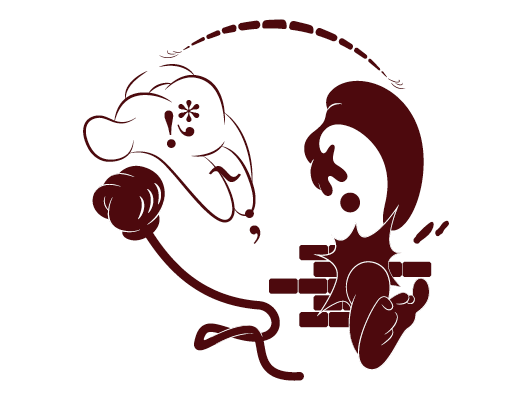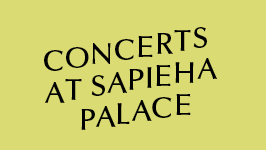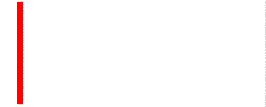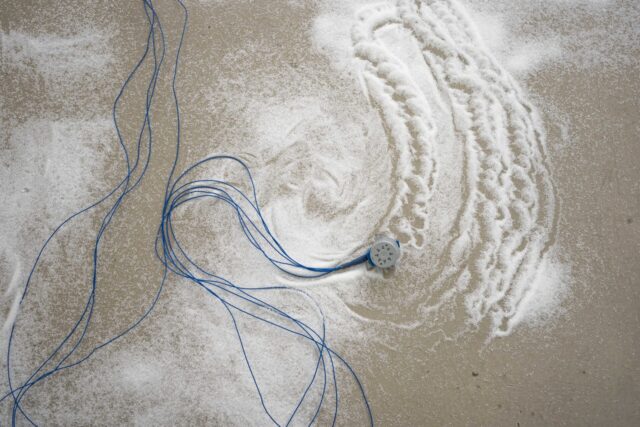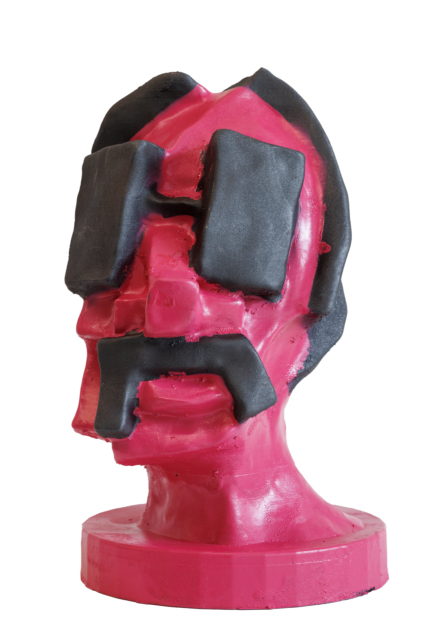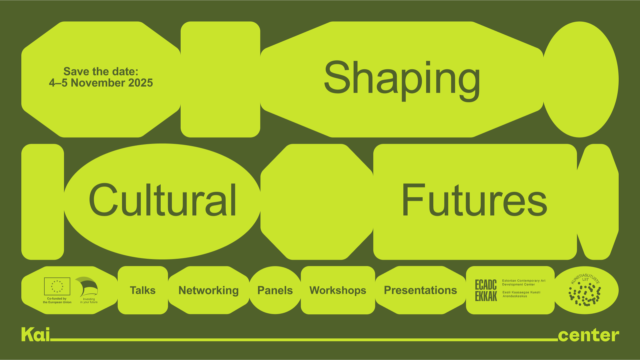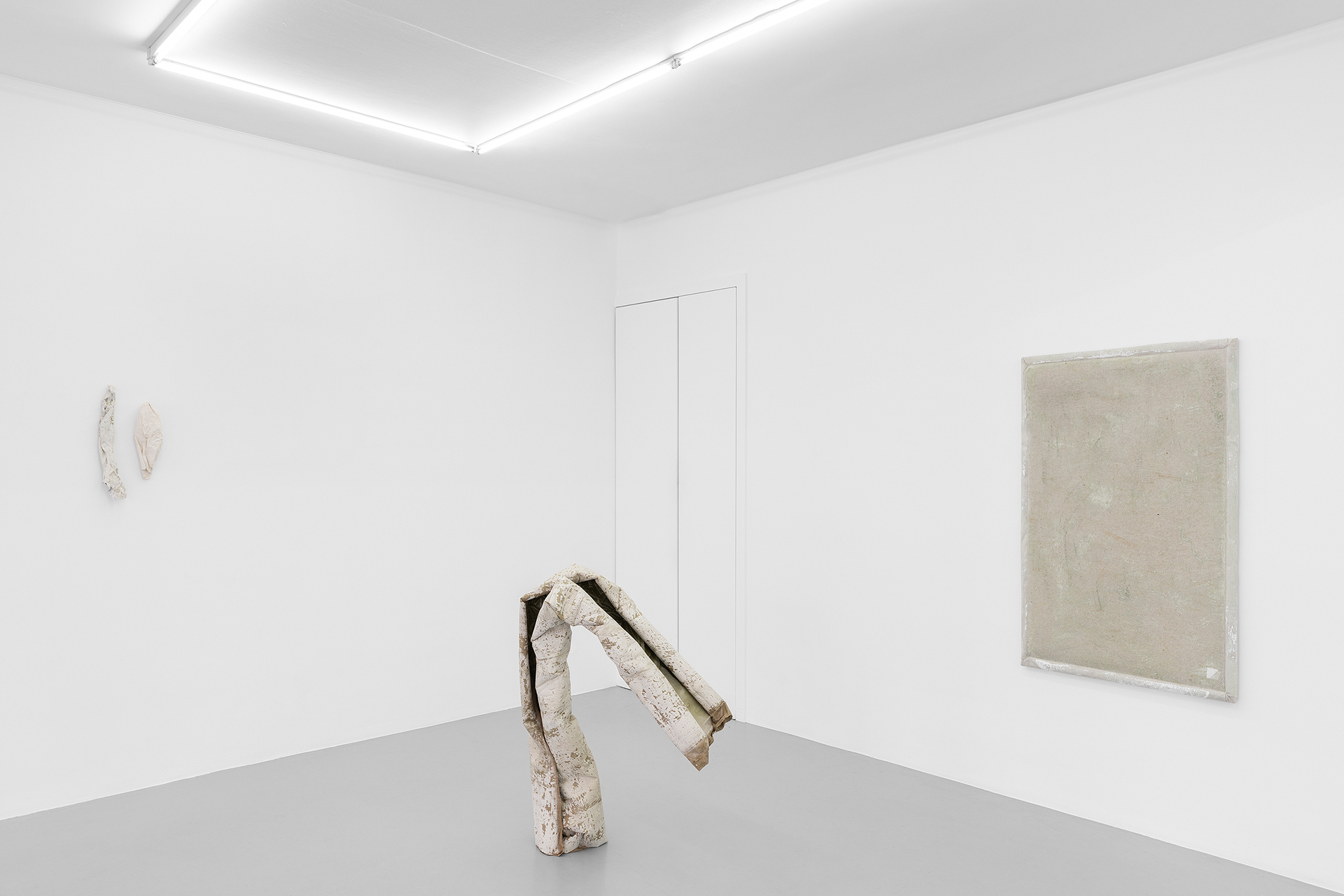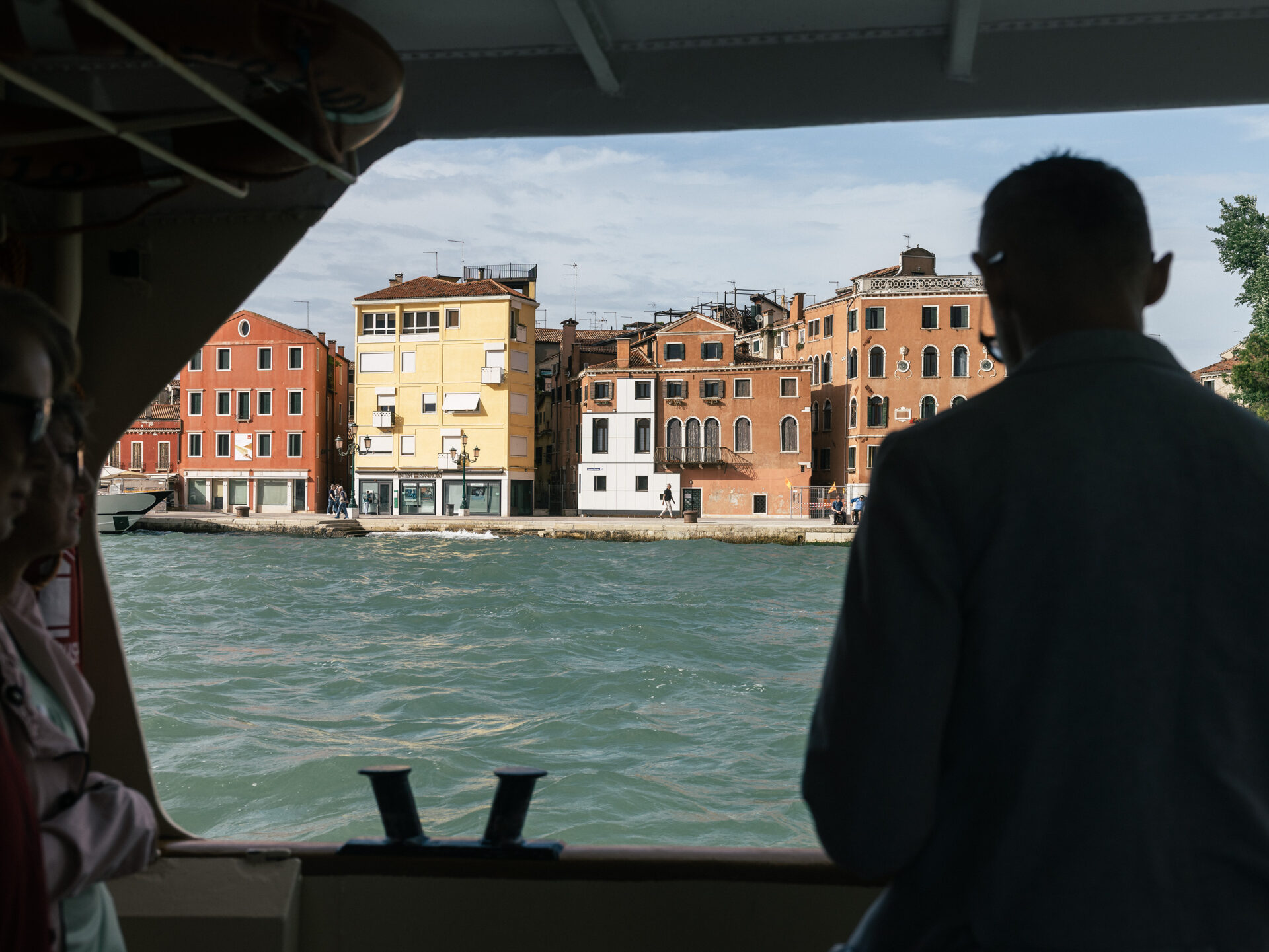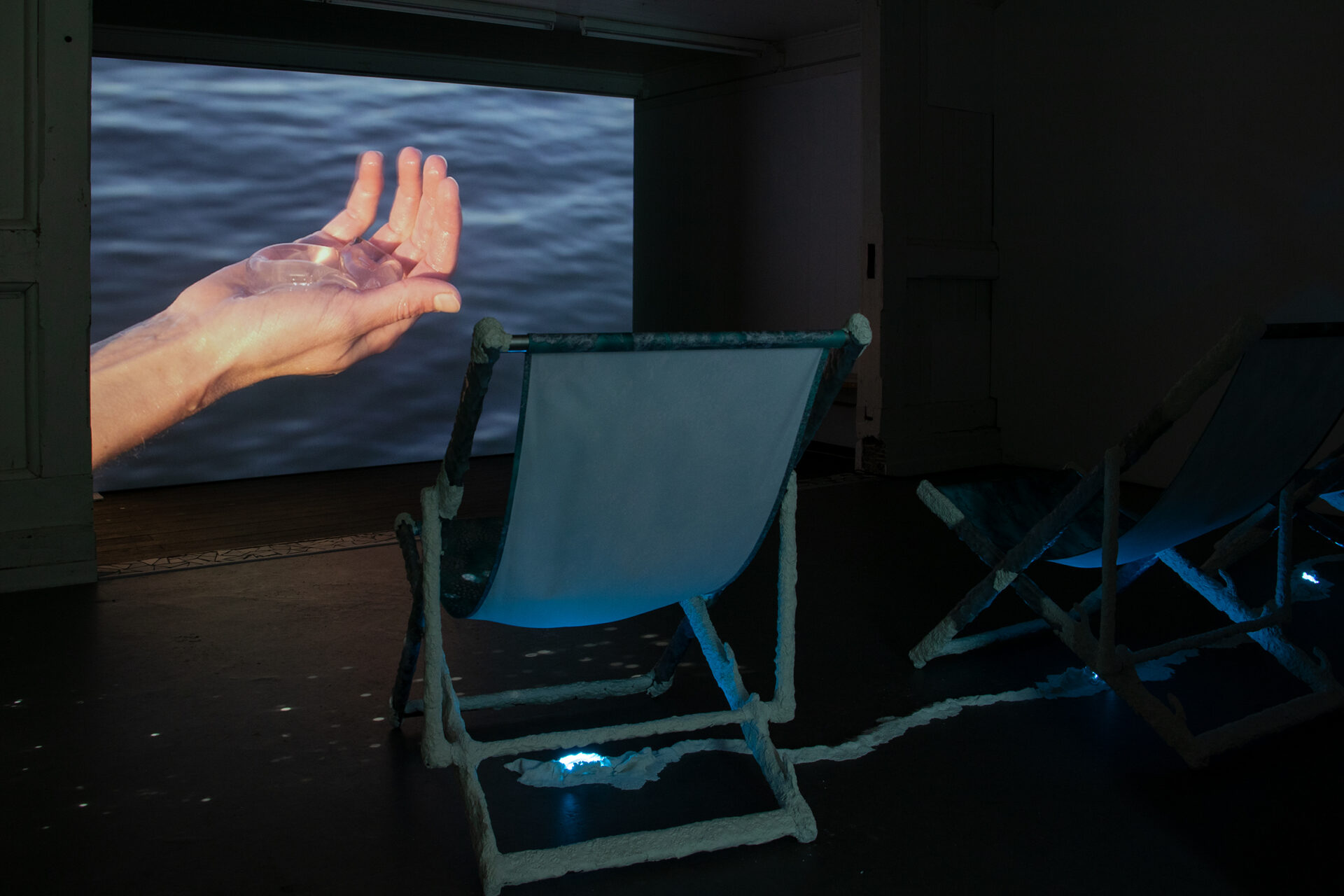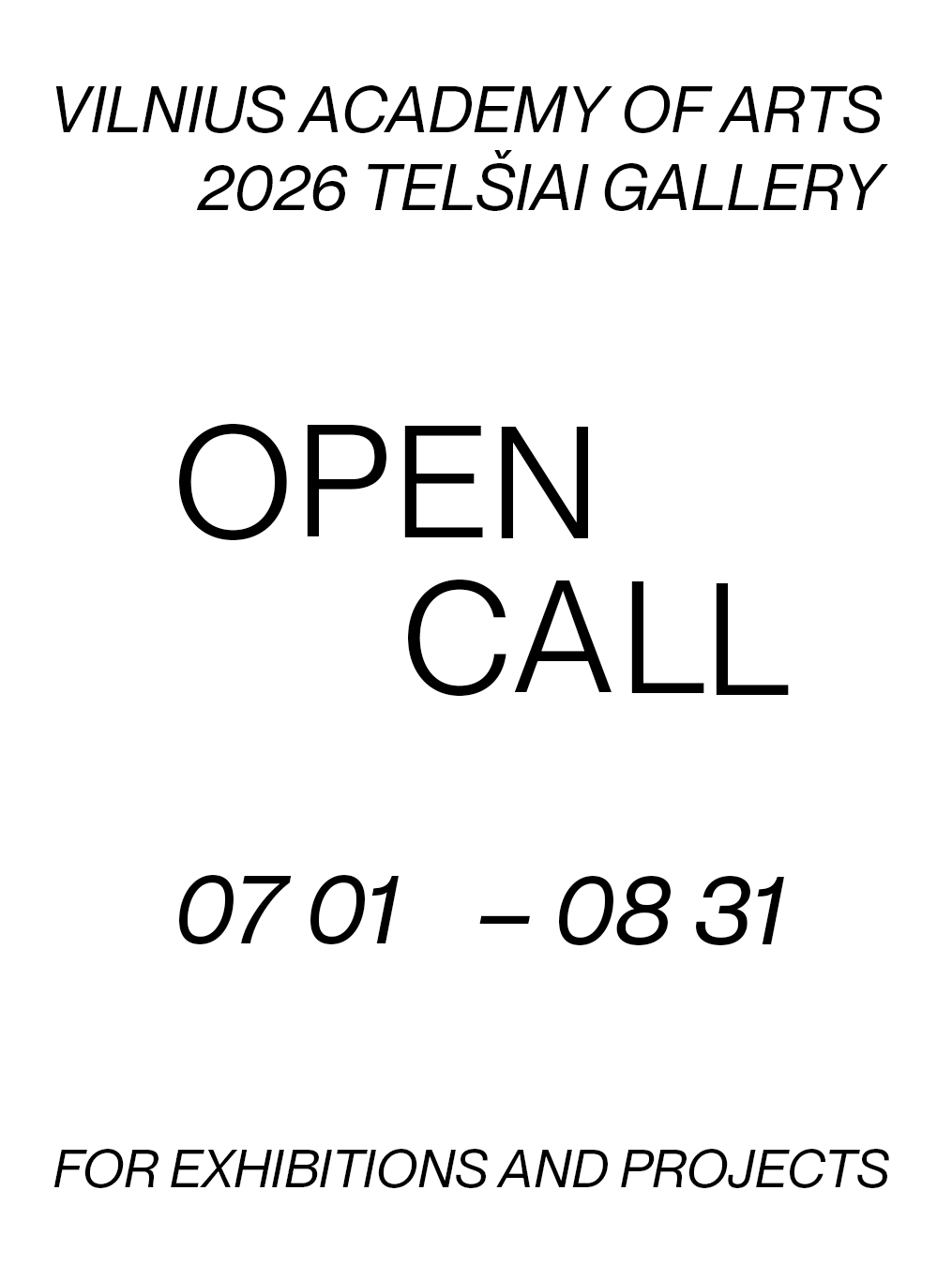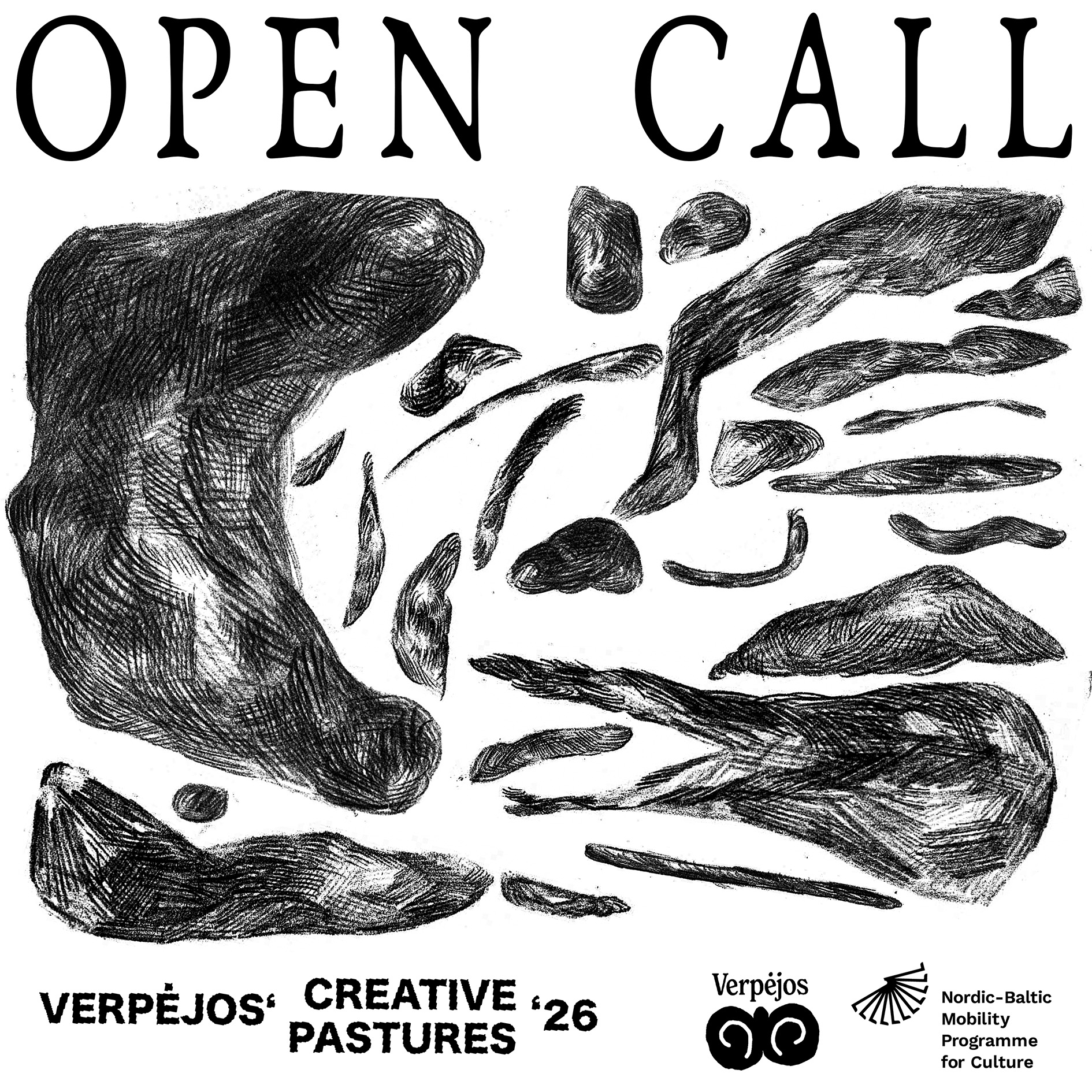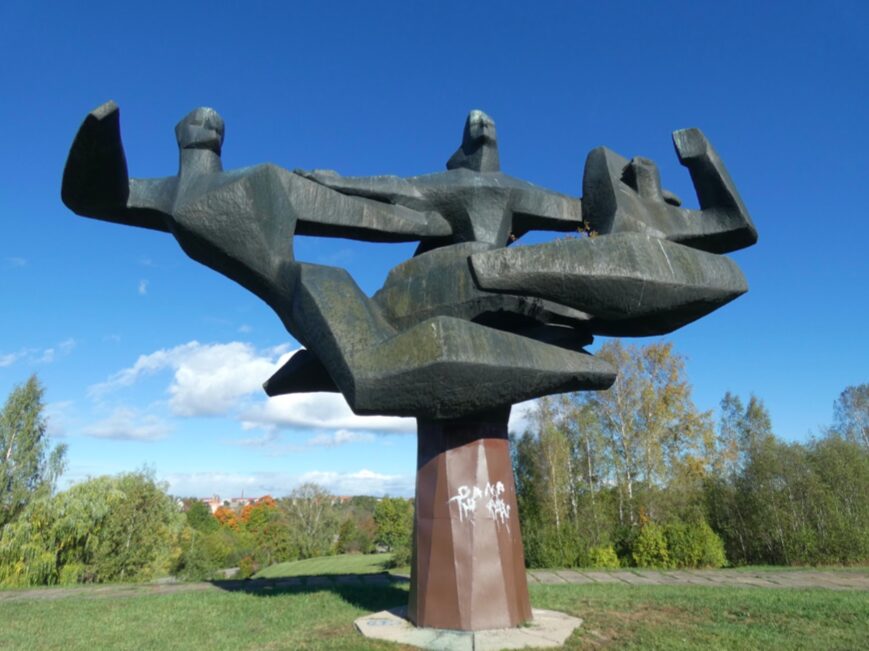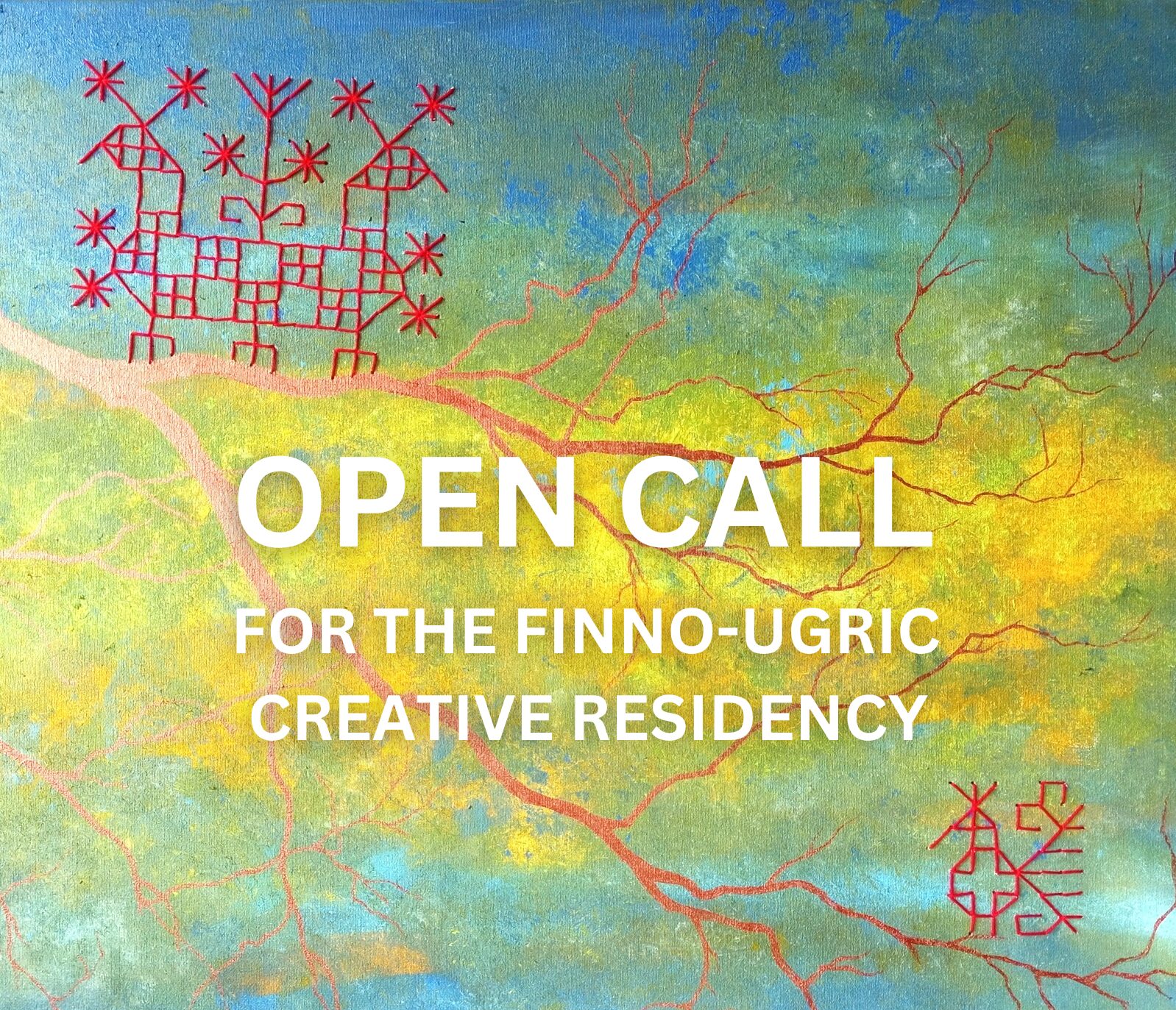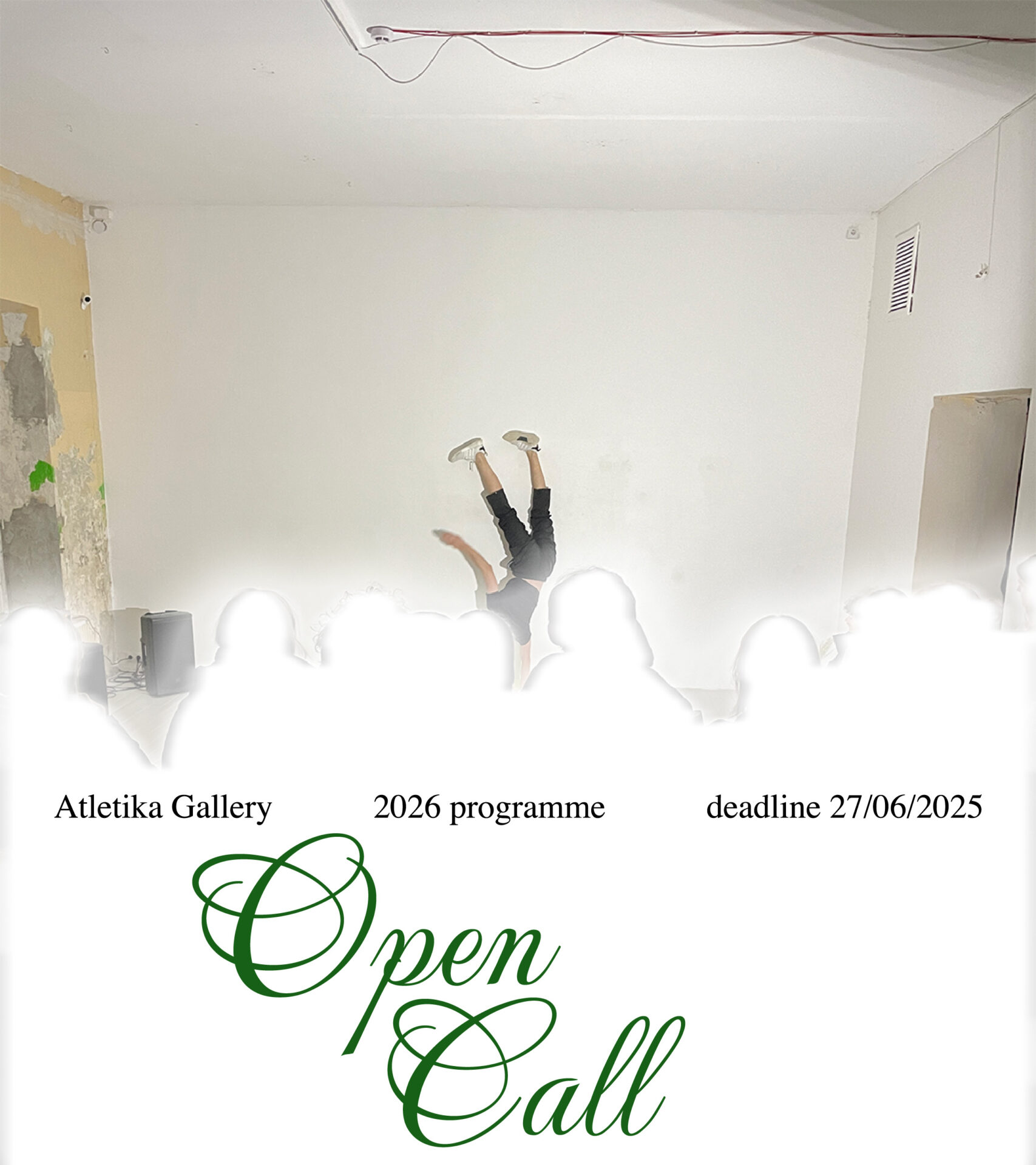A hypothesis: if topographagnosia is a disorder that makes spatial recognition really difficult, perhaps there is a special type of the syndrome that involves language? A person suffering from it would try to read poetry as relations between points in space, while a map would become a purely aesthetic composition of shapes. An exercise in coming to terms with this confusion would involve a production of special objects that would involve instruments coming from cartography, poetry and abstract art. Everything exists at the same time on a surface. This is the effect that Kenneth Koch might have in mind while writing these lines: „In a poem, one line may hide another line, As at a crossing, one train may hide another train.”
“Looking at something” is an expression that suggests that the sight slides on the surface – it cannot go beyond it. Even the figurative art works stop the eyes that would like to see through. This is a paradox that disconnects language from the everyday experience. Yet even a casual meeting with any painting confirms the existence of this confusing sensation of looking at and through at the same time. Hence revealing and concealing only seem to be contradictory practices. There are deeper structures that can be disclosed by constant expansion of surfaces. Genetics convinces us that we can reconstruct an organism based on a small fraction of information. AI can form models of faces and voices with the use of a few shots and uttered words. Is not the act of filling the missing words in the parchments of Sappho similar in nature? But is it an exposure of concealed words? Or the exact opposite – concealment of unavailable poem? And finally, whose poem is this? Sappho’s? Armand D’Angour who reconstructed it? Or does it belong to the generative power of the visible words? Or maybe we will be even able to imagine the relation between two spaces: the one where the poem first came into being and the one where it is being performed? Of course, the latter hypothesis is paradoxical. However, the new scholarship on Sappho tries to convince us that she was always occupied with spatial relations embodying and enabling desire.
The constellation of works by Grupa Budapeszt and Jakub Czyszczoń will fail to answer all these questions. It is not the aim. It is rather a creation of instruments that will amplify these antinomies. Czyszczońs’ painterly practice usually involves constant overpainting. These abstract works however gain in their presence, become concrete. The concreteness is deepened by yet another strand in his work – assemblages which stress the objecthood of painting. But it is also weakened by a movement towards a special form of representation – depiction of architectural plans. These compositions are just like maps – they are abstract yet contain a firmly established connection with a set of spatial relations. Here they are based on another reconstruction – a plan of the Knossos palace drawn on the basis of partial evidence. Czyszczońs works are also an attempt at a wordless composition rooted in language operations. The set of paintings are organized in a way that is closely related to how a poem would be constructed out of verses composing a lyrical structure.
Grupa Budapeszt is a collective that is seeking new ways of analysis of audiovisual materials. In their case an equivalent of overpainting is annotation. It thickens the surface in order to display what hides underneath. Deep sound is a work that reconstructs the lost poem of Sappho. The only reminder of this lost text is found in the title. However, the structure is well known and enables us to imagine the poem as a set of rubber paintings that are a rhythmical reconstruction in another material. The movement toward the abstract is countered by an object that embodies the reverberating sound of the poem.
The voice describes a series of operatoins that cannot be visible, yet are responsible for the piece itself. The text uses translations as an equivalent of overpainting. The original text in Polish was a thick desription of an enigmatic activity. Literal translation to English makes it even more elusive, abstract and free from initial grounding.
Text by Daniel Muzyczuk
JAKUB CZYSZCZOŃ AND GRUPA BUDAPESZT
The Surface Is Enough
2023 05 19 – 07 01
Photography: Laurynas Skeisgiela


















